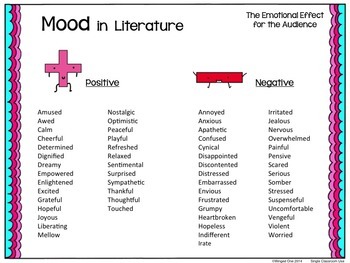

The verb varies, there are also examples of the passive voice which can be used as a more academic example.įor example: Amnesty International requested that Syrian government forces seize firing on civilians.įor example: He suggested that she go and meet him at the bar. Look at the following examples of requests. Indirect commands follow the simple patter of V+ that clauseįor example: The drill Sergeant ordered that his troops stand in formation. Using the verb ‘was’ would indicate that the situation has changed and that at one point the person who was hungry is possibility that they no longer so. The reason for this is that the statement is a fact that at the time of speaking is still true. Note that the example uses the ‘be’ verb ‘is’ instead of ‘was’. The improtant verb is ‘said’, it tells us that the writer is using the past tense but most importantly shows us that indirect speech in being used. For example: “She said that she is hungry”

The verb in the sentence will indicate the mood. To create indirect speech you can follow this simple formula: Indirect speech consits of three facets: indirect speech, indirect commands and indirect requestion. Lets look at examples of the first situation, indirect speech.

Each mood refers to a verb which tells us the mode or manner in which an action has taken place. The Enlish langauge has three moods: indicative, imperative and subjunctive. 3 Types of Moods in English What is a ‘mood’?


 0 kommentar(er)
0 kommentar(er)
